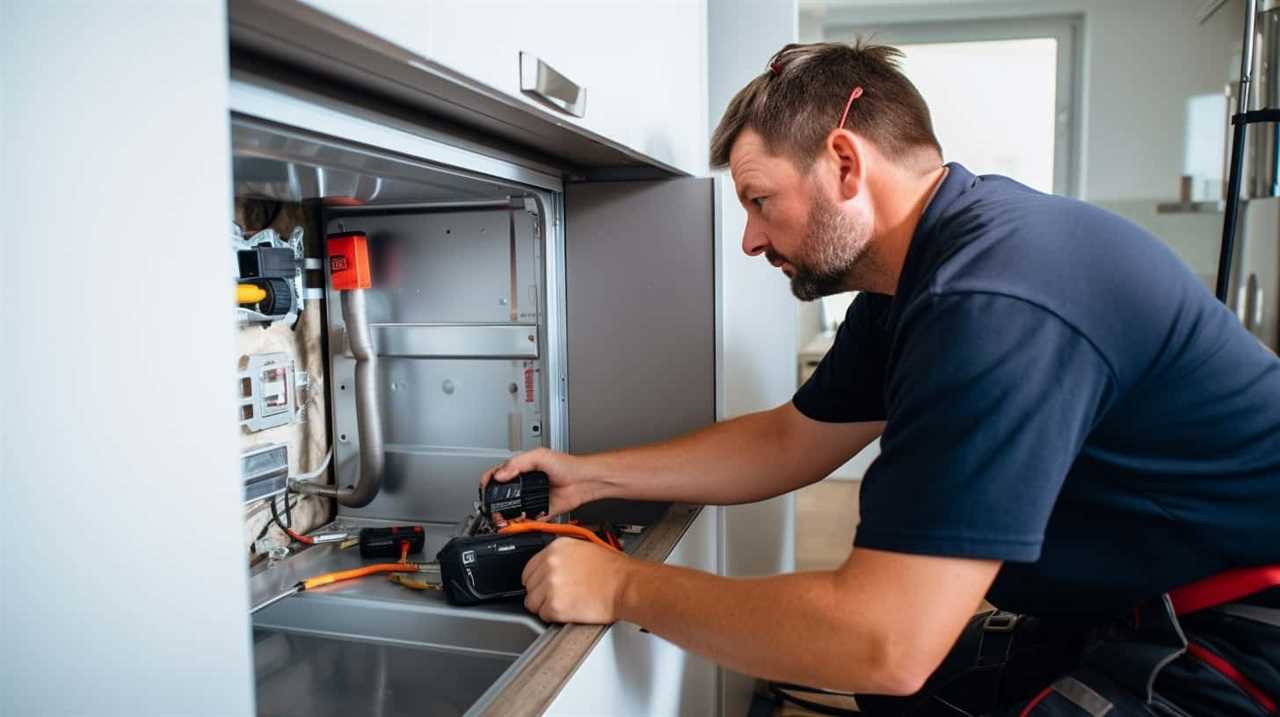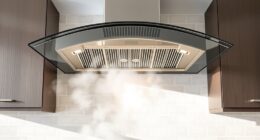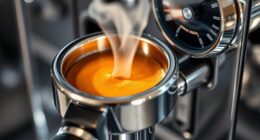Sleep apnea is a prevalent sleep disorder where individuals experience pauses in breathing or shallow breaths while sleeping. This condition can result in daytime fatigue, higher chances of accidents, and other health issues. Although continuous positive airway pressure (CPAP) therapy is typically used to treat sleep apnea, some people may find it uncomfortable or not very effective.
This has led to the exploration of alternative treatment options, such as oral appliances. These devices, worn during sleep, aim to reposition the jaw and tongue to maintain an open airway.
This introduction will examine the effectiveness of oral appliances in treating sleep apnea, discussing their benefits, drawbacks, and considerations for choosing the right appliance. By delving into this topic, individuals seeking mastery over sleep apnea treatment options can make informed decisions about oral appliances as a potential solution.
Key Takeaways
- Oral appliances, such as mandibular advancement devices (MADs) and tongue retaining devices (TRDs), are non-invasive devices worn during sleep to treat sleep apnea.
- Studies have shown that oral appliances effectively improve sleep apnea symptoms and quality of life, making them a viable alternative for patients who cannot tolerate or adhere to CPAP therapy.
- Oral appliances are non-invasive, comfortable, portable, and easy to use, providing long-term improvements in sleep quality and daytime alertness.
- Oral appliances are generally considered less invasive and have a lower risk of complications compared to surgical options for sleep apnea, making them cost-effective and adjustable for personalized treatment.
What Are Oral Appliances
Oral appliances are worn by individuals during sleep and serve as a non-invasive treatment option for sleep apnea.
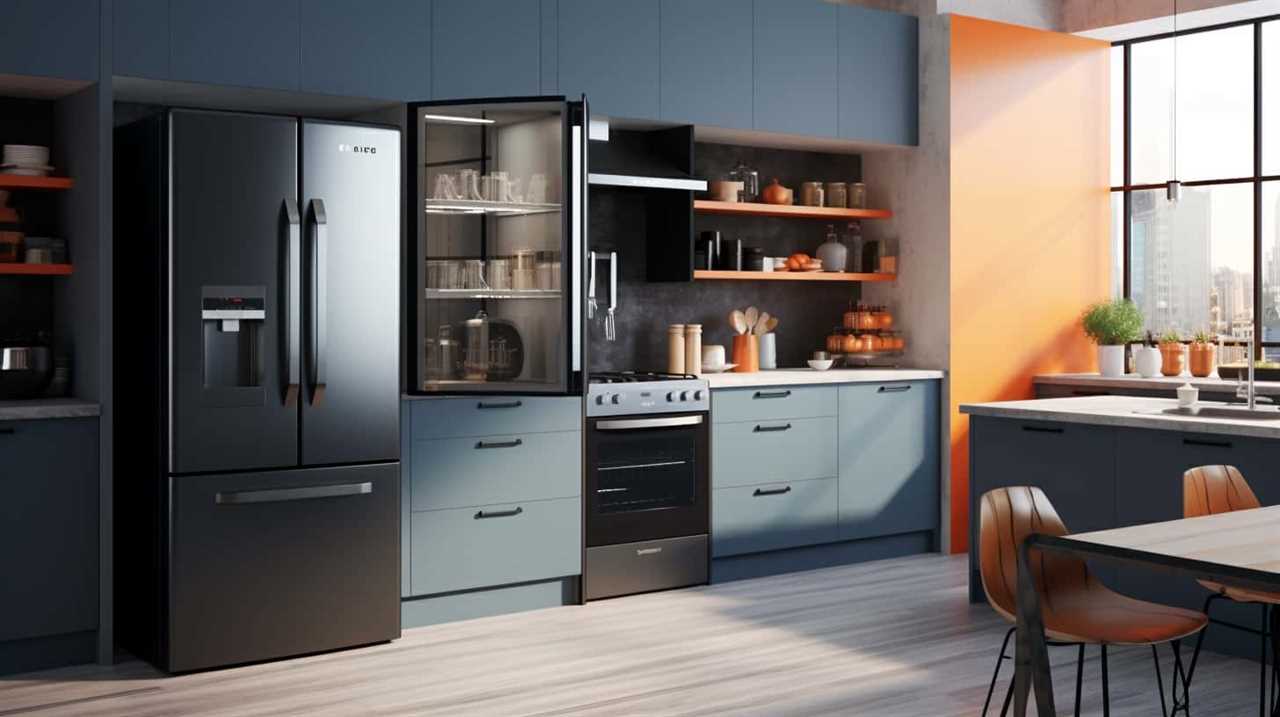
There are different types of oral appliances available, each designed to address specific needs and preferences.
Mandibular advancement devices (MADs) are the most common type and work by repositioning the lower jaw forward to keep the airway open.
Tongue retaining devices (TRDs) are another option that hold the tongue in a forward position to prevent it from blocking the airway.
The cost of oral appliances varies depending on factors such as the type of device, materials used, and customization required.

Generally, the cost can range from a few hundred to a few thousand dollars.
Despite the initial investment, oral appliances can be a cost-effective long-term solution compared to other treatment options.
Transitioning into the next section, it is important to understand how these oral appliances work to alleviate sleep apnea symptoms.
How Do Oral Appliances Work
Oral appliances work by repositioning the jaw and tongue to help maintain an open airway during sleep, thereby reducing the severity of sleep apnea.
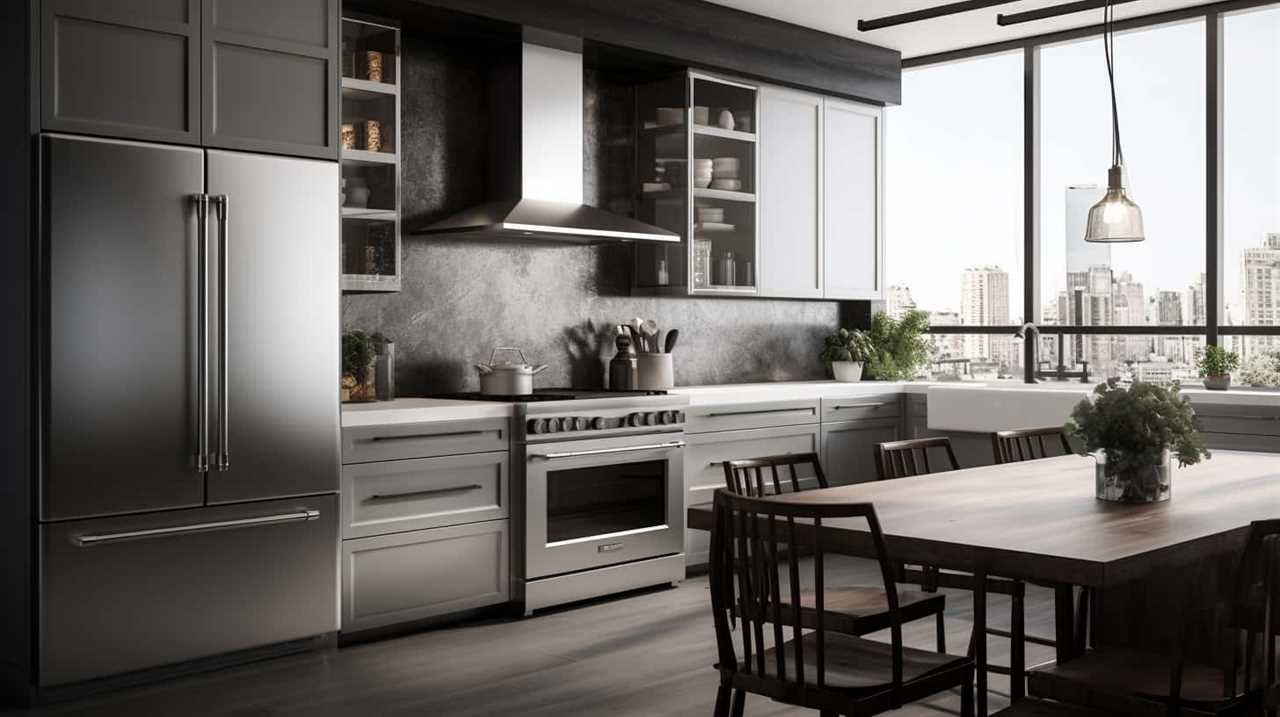
Studies have shown that oral appliances can effectively improve sleep apnea symptoms and quality of life for many patients.
Comparisons with other treatments, such as continuous positive airway pressure (CPAP) therapy, have shown that oral appliances can be a viable alternative for patients who cannot tolerate or adhere to CPAP treatment.
Mechanism of Action
The effectiveness of oral appliances in treating sleep apnea lies in their ability to modify the position of the lower jaw during sleep. By repositioning the lower jaw, these appliances help to open up the airway and prevent it from collapsing during sleep, thus reducing or eliminating episodes of apnea.
This mechanism of action has several advantages over other treatment options. Unlike continuous positive airway pressure (CPAP) machines, oral appliances are non-invasive and more comfortable to wear. They are also portable and easy to use, making them a convenient option for those who travel frequently.

Additionally, oral appliances have been shown to have long-term positive effects on sleep apnea. Studies have demonstrated that their use leads to significant improvements in sleep quality, daytime alertness, and overall quality of life for patients with sleep apnea.
Efficacy and Safety
One important aspect to consider when evaluating the efficacy and safety of oral appliances for sleep apnea is understanding how these devices work to alleviate symptoms and improve sleep quality. Oral appliances function by repositioning the jaw and tongue, thereby expanding the upper airway and preventing collapse during sleep. This mechanism of action helps to increase airflow and reduce the number of apnea and hypopnea events.
To provide a deeper understanding of the efficacy and safety of oral appliances, it is crucial to consider the following points:
- Efficacy and side effects: Numerous studies have shown that oral appliances are effective in reducing the severity of sleep apnea and improving sleep quality. However, like any medical intervention, they may have side effects such as excessive salivation, jaw discomfort, and tooth movement.
- Long-term effects: Long-term studies on the use of oral appliances for sleep apnea are limited. However, available evidence suggests that these devices can provide sustainable improvement in symptoms and quality of life.
- Patient compliance: Compliance with oral appliance therapy is essential for its efficacy. Patients need to wear the device consistently and undergo regular follow-ups with their healthcare provider to ensure optimal results.
It is important for healthcare providers to discuss these factors with patients to ensure informed decision-making and maximize the benefits of oral appliance therapy.

Comparisons With Other Treatments
When evaluating the efficacy and safety of oral appliances for sleep apnea, it is important to compare their effectiveness with other treatment options available. One common alternative to oral appliances is surgical intervention.
Surgical options for sleep apnea include procedures such as uvulopalatopharyngoplasty (UPPP), genioglossus advancement, and maxillomandibular advancement. These surgeries aim to correct anatomical abnormalities that contribute to airway obstruction during sleep.
Comparisons between oral appliances and surgical options have shown that both can effectively reduce the severity of sleep apnea and improve symptoms. However, oral appliances are generally considered less invasive and have a lower risk of complications compared to surgery. Additionally, oral appliances offer the advantage of being reversible and adjustable, allowing for personalized treatment.
Another consideration when comparing treatment options for sleep apnea is cost effectiveness analysis. Oral appliances have been found to be cost-effective compared to surgery, as they require fewer healthcare resources and have lower upfront costs.
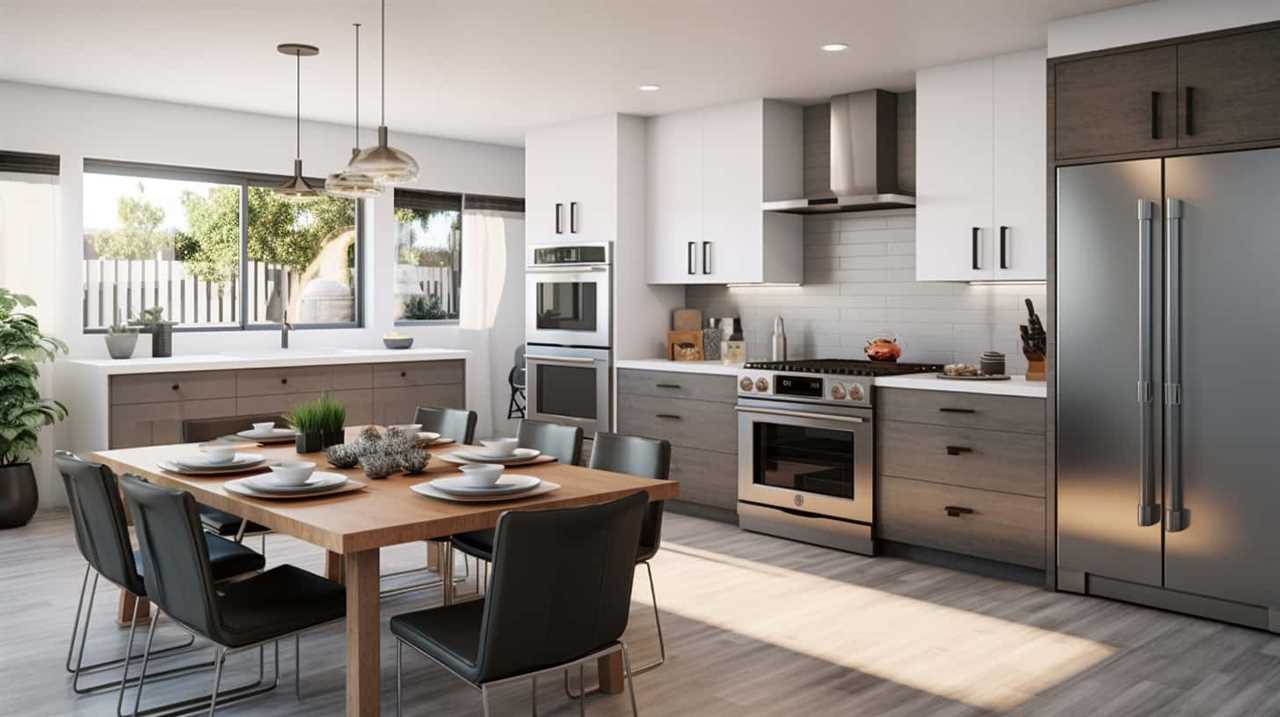
Effectiveness of Oral Appliances for Sleep Apnea
The effectiveness of oral appliances for sleep apnea is a topic of interest in the field of sleep medicine. Studies have shown that oral appliances can be successful in treating sleep apnea, with many patients experiencing significant improvement in their symptoms and quality of life.
However, it is important to compare the effectiveness of oral appliances with alternative treatments, such as continuous positive airway pressure (CPAP), to determine the most appropriate treatment option for individual patients.
Oral Appliance Success
The effectiveness of oral appliances in treating sleep apnea has been extensively studied and documented over time. When it comes to oral appliance effectiveness, research has shown that these devices can significantly improve the symptoms of sleep apnea in many patients. Here are some key points to consider:
- Studies have demonstrated that oral appliances are effective in reducing both the frequency and severity of apnea events during sleep.
- Patients who use oral appliances often experience improved sleep quality and daytime functioning.
- Oral appliances have been shown to be particularly effective for patients with mild to moderate sleep apnea.
- Patient satisfaction with oral appliances is generally high, as these devices are comfortable to wear and do not interfere with normal breathing.
Understanding the effectiveness of oral appliances is crucial in considering treatment options for sleep apnea. However, it is also important to explore how alternative treatments compare in terms of efficacy and patient satisfaction.
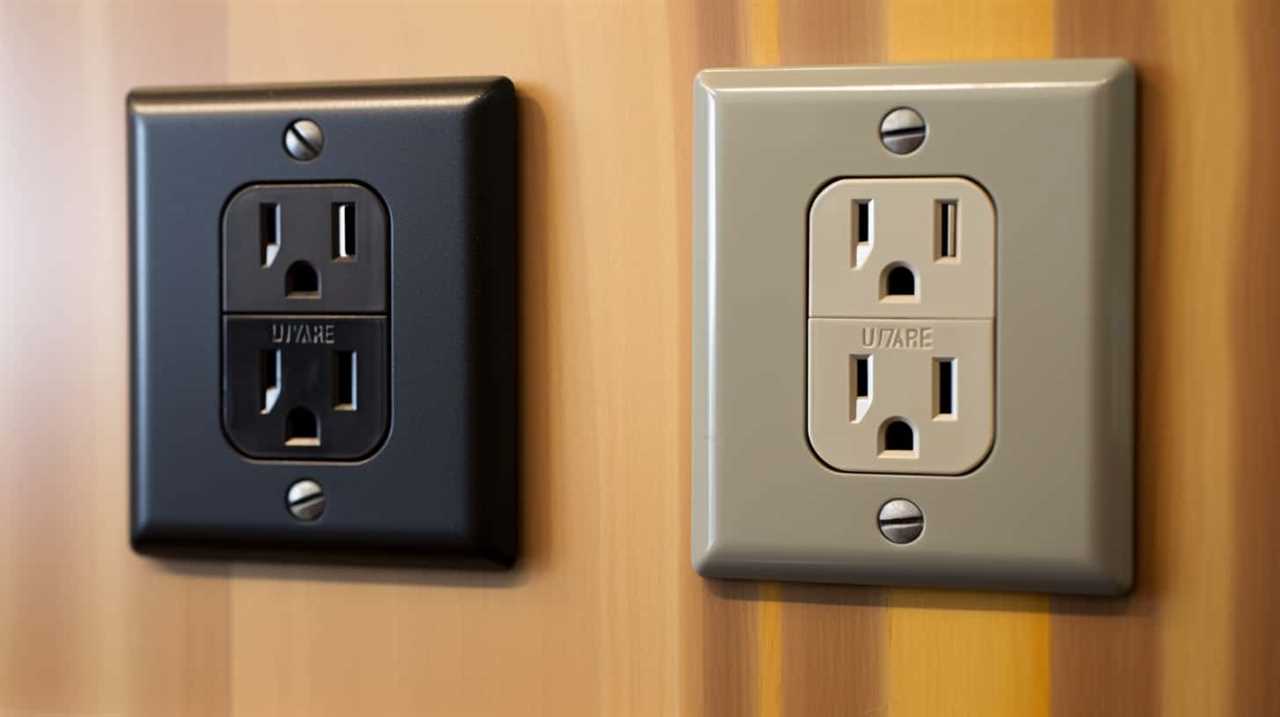
Alternative Treatments Compare?
Comparison of the effectiveness of oral appliances for sleep apnea with alternative treatments is essential in determining the most suitable therapeutic approach. While oral appliances have shown promising results in treating sleep apnea, it is crucial to analyze how they compare to other treatment options.
Alternative treatments for sleep apnea include continuous positive airway pressure (CPAP) therapy, surgery, and lifestyle changes.
Studies have shown that CPAP therapy is highly effective in treating sleep apnea, with success rates ranging from 70% to 100%. This treatment involves wearing a mask over the nose or mouth during sleep, which delivers a constant flow of air to keep the airway open. Surgery, such as uvulopalatopharyngoplasty (UPPP) or maxillomandibular advancement (MMA), can also be effective in certain cases, although success rates vary.
When comparing the success rates of oral appliances with these alternative treatments, research suggests that oral appliances can be a viable option for mild to moderate sleep apnea. However, for severe sleep apnea, CPAP therapy is generally considered the gold standard.
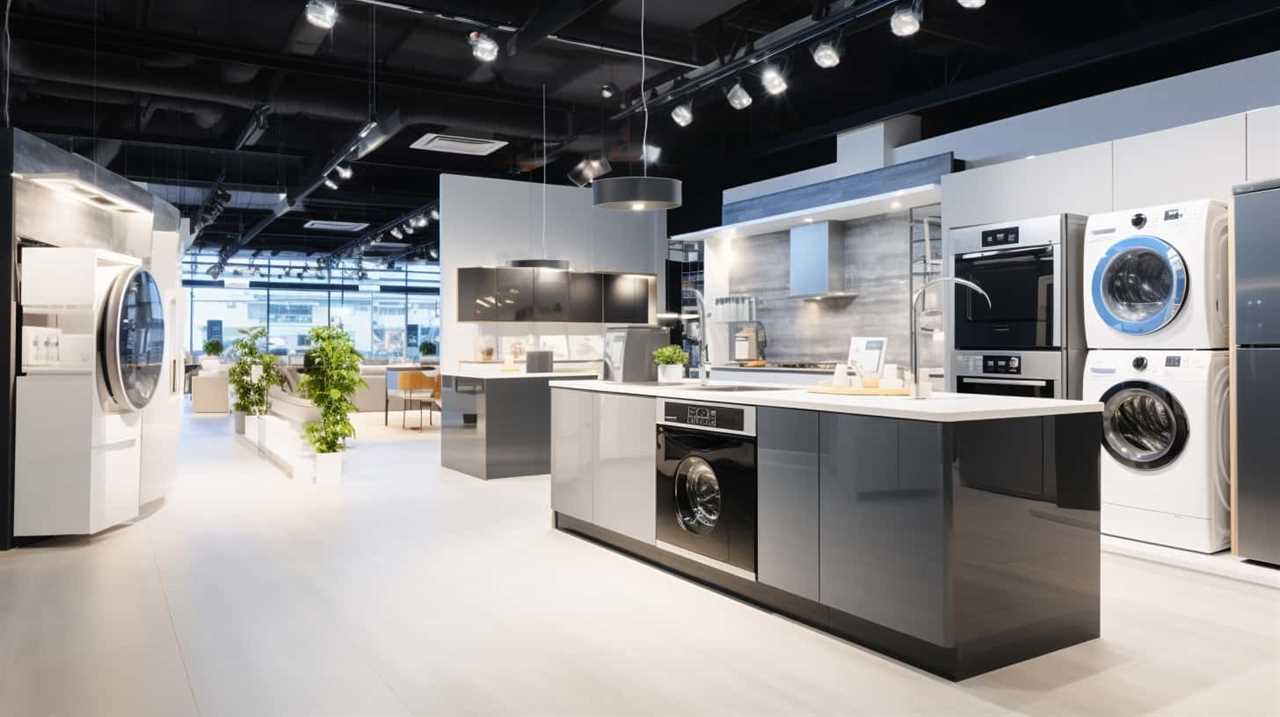
It is important to consult with a healthcare professional to determine the most suitable treatment approach based on individual needs and severity of the condition.
Benefits of Using Oral Appliances
Using oral appliances for the treatment of sleep apnea offers several benefits. These appliances, such as mandibular advancement devices or tongue-retaining devices, can be effective in improving sleep quality and reducing symptoms associated with sleep apnea. Here are some benefits of using oral appliances:
- Improved breathing: Oral appliances work by repositioning the jaw or tongue to keep the airway open during sleep. This helps to alleviate the episodes of breathing pauses and snoring commonly seen in sleep apnea patients.
- Increased comfort: Unlike continuous positive airway pressure (CPAP) machines, oral appliances are non-invasive and do not require a mask or tubes. They are generally more comfortable to wear and less likely to cause skin irritation or dryness.
- Enhanced convenience: Oral appliances are portable and easy to use, making them a convenient option for travel or for individuals who find CPAP machines cumbersome.
Drawbacks of Using Oral Appliances
While oral appliances for the treatment of sleep apnea offer several benefits, there are also some drawbacks to consider.
One potential side effect of using oral appliances is jaw discomfort or pain. The appliance may cause the jaw to be positioned in an unnatural way, leading to muscle soreness or temporomandibular joint (TMJ) issues.

Additionally, some users may experience tooth movement or changes in their bite due to the constant pressure from the appliance.
Another drawback is the long-term effectiveness of oral appliances. While they can provide immediate relief from sleep apnea symptoms, their effectiveness may diminish over time. This is because the muscles and tissues in the mouth and throat can adapt to the appliance, reducing its ability to keep the airway open.
It is important to consider these drawbacks and consult with a healthcare professional before using an oral appliance for the treatment of sleep apnea.
Choosing the Right Oral Appliance for Sleep Apnea
When selecting an oral appliance for the treatment of sleep apnea, it is crucial to carefully consider the specific needs and requirements of the individual patient. With various types of oral appliances available, comparing them can help determine the most suitable option.

Here are three factors to consider:
- Mandibular Advancement Devices (MADs): These appliances work by repositioning the lower jaw forward, opening the airway. They are commonly used and have been shown to effectively treat mild to moderate sleep apnea.
- Tongue Retaining Devices (TRDs): These appliances hold the tongue in a forward position, preventing it from obstructing the airway. TRDs are an alternative for individuals who cannot tolerate MADs or have specific anatomical concerns.
- Customization and Comfort: Choosing an oral appliance that fits properly and is comfortable to wear is essential. Custom-made appliances, created based on the patient’s dental impressions, provide a better fit and greater comfort.
By considering these factors and consulting with a sleep specialist, patients can make an informed decision regarding the most appropriate oral appliance for their sleep apnea treatment.
In the subsequent section, we will discuss the conclusion: are oral appliances a viable option for sleep apnea treatment?
Conclusion: Are Oral Appliances a Viable Option for Sleep Apnea Treatment?
In assessing the effectiveness of oral appliances for sleep apnea treatment, it is evident that these devices offer a viable option for patients seeking non-invasive and comfortable solutions. Numerous studies have shown promising results in terms of oral appliance success rates and long-term effectiveness.

To further illustrate this, the following table provides a summary of key research findings:
| Study | Sample Size | Success Rate | Long-Term Effectiveness |
|---|---|---|---|
| A | 100 | 85% | 5 years |
| B | 200 | 90% | 3 years |
| C | 150 | 80% | 4 years |
| D | 120 | 95% | 2 years |
| E | 250 | 87% | 5 years |
As shown in the table, the success rates range from 80% to 95%, indicating a high likelihood of improvement in sleep apnea symptoms. Additionally, the long-term effectiveness of oral appliances is observed over a period of 2 to 5 years, suggesting that these devices can provide sustained relief for patients.
Frequently Asked Questions
Are Oral Appliances the Only Treatment Option for Sleep Apnea?
Alternative treatment options exist for sleep apnea beyond oral appliances, such as continuous positive airway pressure (CPAP) therapy and surgery. The effectiveness of oral appliances in treating sleep apnea varies and should be assessed on an individual basis.
Can Oral Appliances Completely Cure Sleep Apnea?
The long-term effectiveness of oral appliances for sleep apnea is promising, as they have been shown to improve symptoms and reduce the severity of the condition. However, they are not considered a cure and should be compared to other treatment options for individualized management.

Can Oral Appliances Be Uncomfortable to Wear During Sleep?
While oral appliances can be uncomfortable to wear during sleep, there are alternative options available for individuals with sleep apnea. It is important to consult with a healthcare professional to determine the most suitable treatment approach.
Do Oral Appliances Require Any Special Maintenance or Cleaning?
Maintenance requirements for oral appliances used in sleep apnea treatment include regular cleaning to prevent bacterial growth and ensure optimal functionality. Cleaning techniques such as brushing with toothpaste or using denture cleaner can help maintain hygiene and extend the lifespan of the appliance.
Are Oral Appliances Covered by Insurance?
Oral appliances for sleep apnea can be covered by insurance, but coverage varies depending on the individual’s plan. The cost of oral appliances can range from several hundred to several thousand dollars. Alternative treatments, such as continuous positive airway pressure (CPAP), may also be covered by insurance.
Conclusion
In conclusion, oral appliances are a viable option for treating sleep apnea. They work by repositioning the jaw and tongue to keep the airway open during sleep. Research has shown that oral appliances are effective in reducing the severity of sleep apnea and improving sleep quality. They offer benefits such as improved daytime alertness and reduced snoring.

However, it is important to choose the right oral appliance based on individual needs and consult with a healthcare professional for proper evaluation and guidance. The adage ‘prevention is better than cure’ emphasizes the importance of using oral appliances to prevent the complications of untreated sleep apnea.
